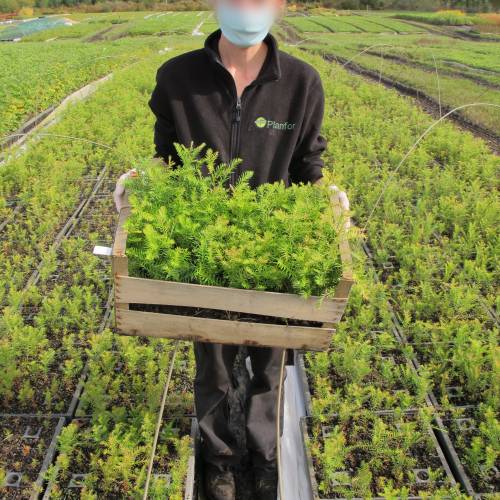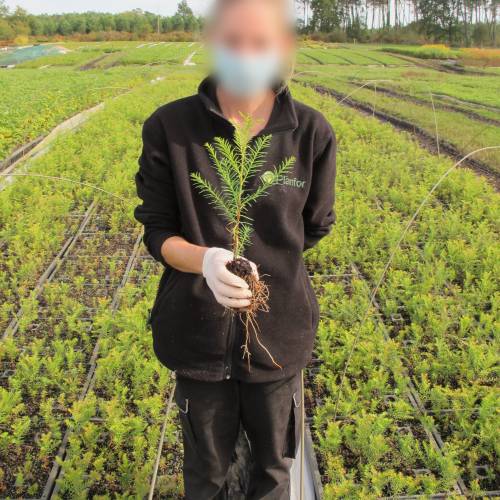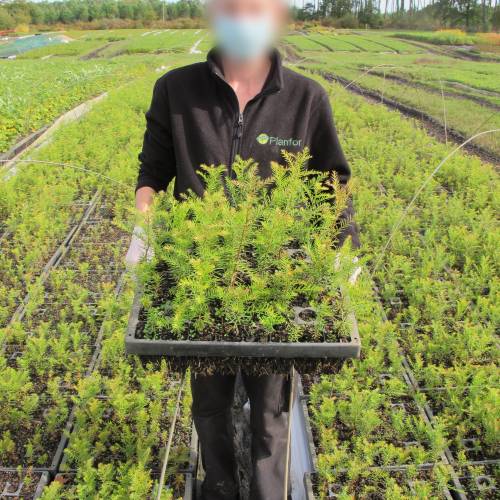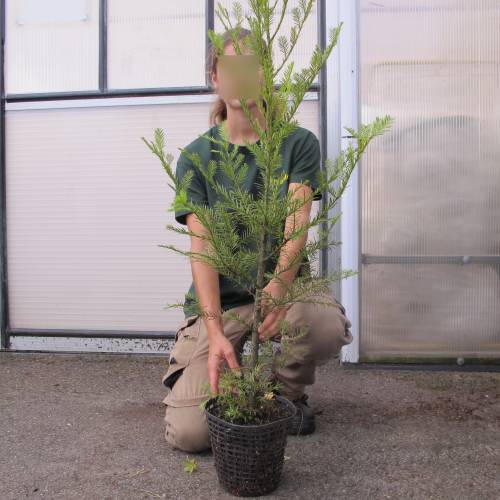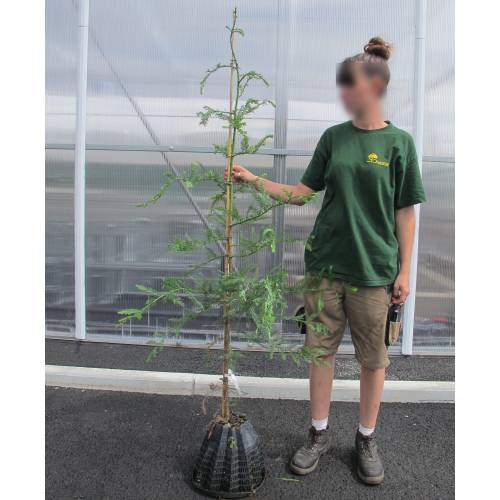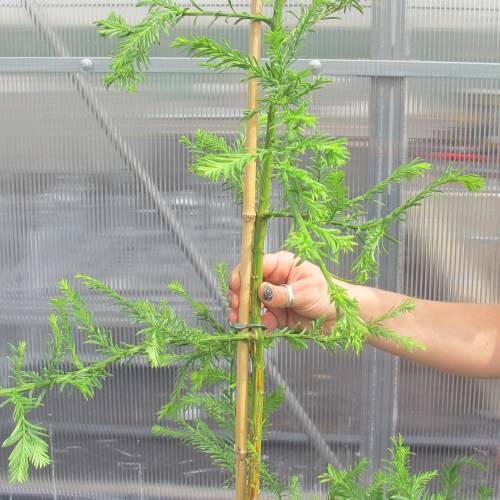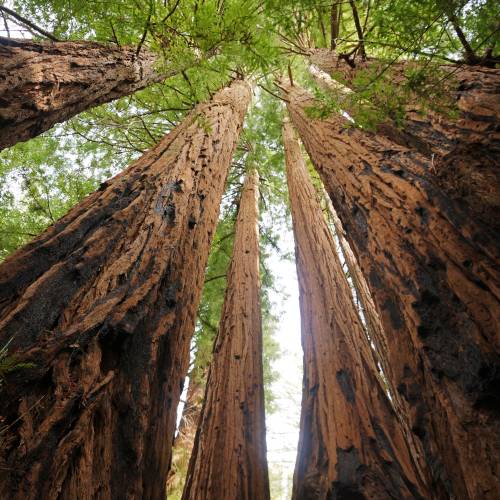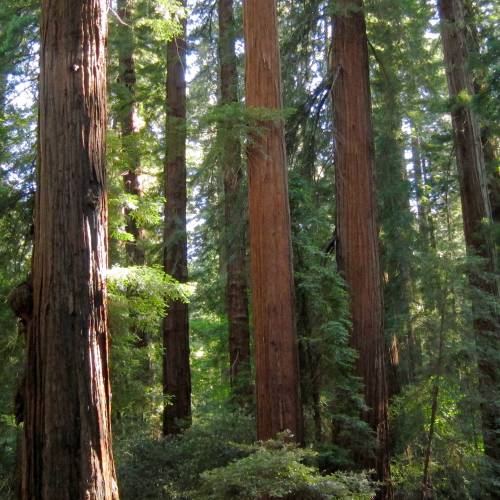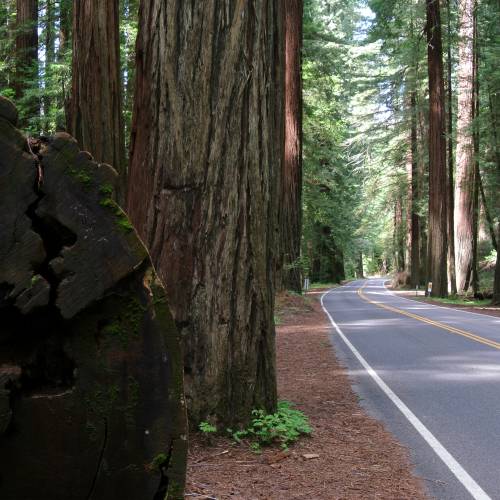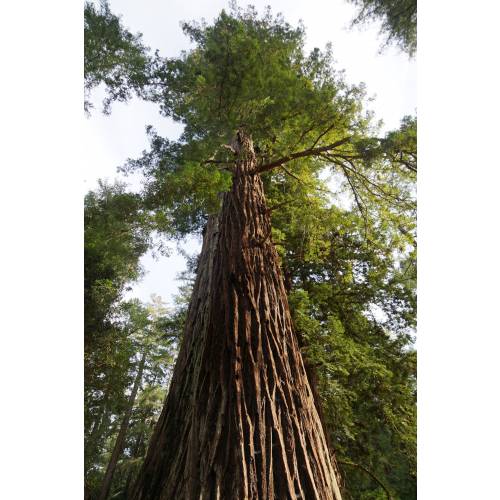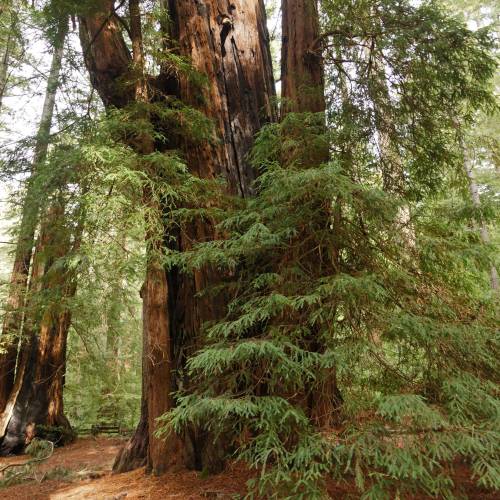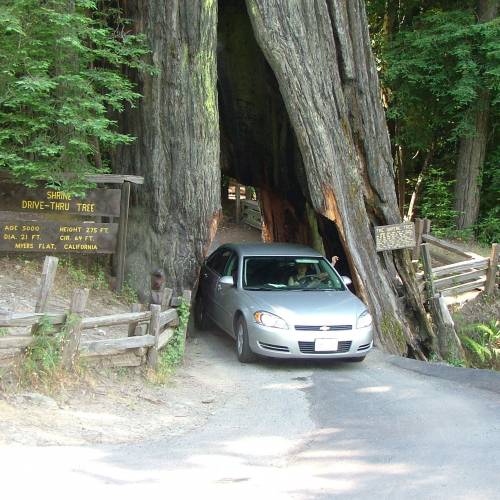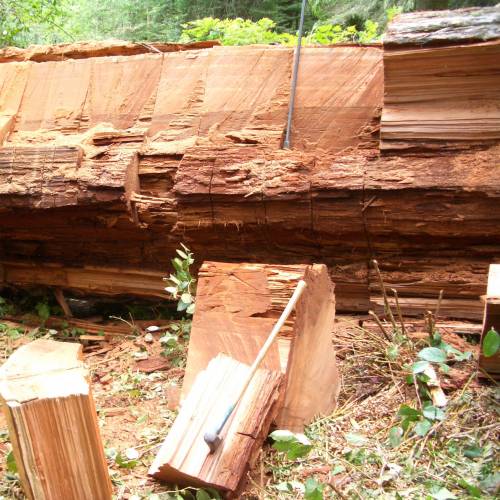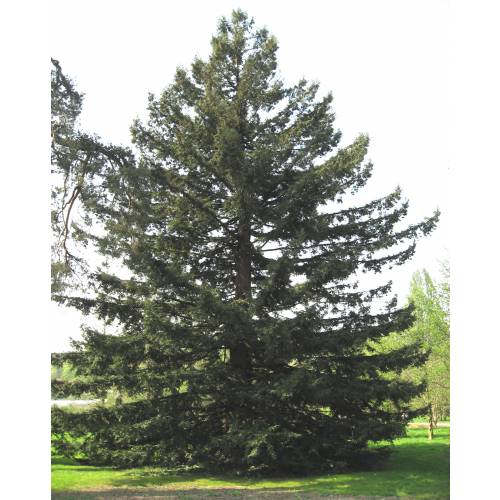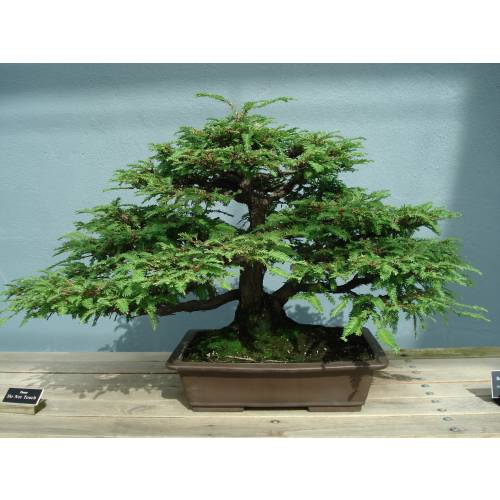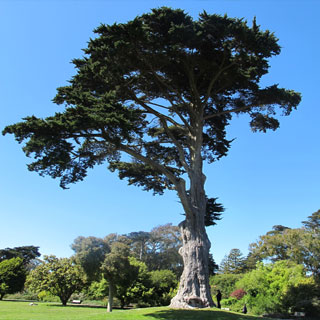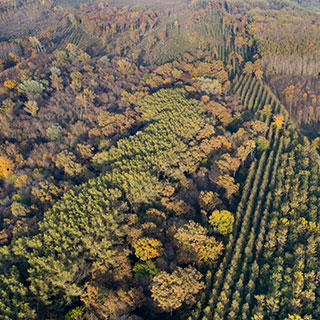
Plants
Redwood, coast / Sequoia sempervirens
-
124.28 € Coast Redwood - Sequoia sempervirens
1500S - Available
-
119.08 € Coast Redwood - Sequoia sempervirens
1500s - Available
-
51.48 € Coast Redwood - Sequoia sempervirens
1500V - Available
-
46.75 € Coast Redwood - Sequoia sempervirens
1500VB - Available
-
20.28 € Coast Redwood - Sequoia sempervirens
1500Q - Available
-
19.71 € Coast Redwood - Sequoia sempervirens
1500r - Available
-
18.67 € Coast Redwood - Sequoia sempervirens
1500R - Available
-
17.63 € Coast Redwood - Sequoia sempervirens
1500RB - Available
-
6.71 € Coast Redwood - Sequoia sempervirens
1500J - Available
-
6.19 € Coast Redwood - Sequoia sempervirens
1500LB - Available
-
5.15 € Coast Redwood - Sequoia sempervirens
1500L - Available
-
4.55 € Special Offer - 30%
1500JB - Available
-
3.07 € Coast Redwood - Sequoia sempervirens
1500LC - Available
-
2.55 € Coast Redwood - Sequoia sempervirens
1500W - Available
-
2.03 € Coast Redwood - Sequoia sempervirens
1500E - Available
-
1.82 € Coast Redwood - Sequoia sempervirens
1500x - Available
-
1.70 € Coast Redwood - Sequoia sempervirens
1500n - Available
-
0.00 € Coast Redwood - Sequoia sempervirens
1500Y - Request for quotation
-
Area of origin: Oregon and California from 0 to 900 m (984yds). Introduced in 1846.
Adult Dimensions: Height up to 110 m( 361'), width up to 17 m (55,8').
Foliage: Evergreen.
Soil Type: Deep and fertile
Hardiness: Hardy to -16°c, and tolerant of oceanic climate
Exposure: Full sun.
Properties and uses:
Symbol of gigantism in nature. This tree is used in parks planted alone, in avenues in sheltered positions as far as the Paris region. It has trailing branches, and can live more than 2000 years. Little used in France in forestry despite its productivity. Sought after in the United States for using in exterior carpentry and woodwork
Plant, or reforest Coast Redwood, Sequoia sempervirens – Foresters Guide
1) The Coast Redwood (Robinia pseudo-acacia) is it suitable for my land? In France, the plots used as a reference show that this species can have an important yield (more than 30 m3/hectare/year). It can be used to reforest, mainly the Atlantic coast: Brittany, Normandie, Loire Country, Poitou-Charente and Aquitaine, as well as the Mediterranean Coast. The Coast Redwood will have limited performances and will not survive in case of drought (with annual rainfall under 650 mm without any compensation by heavy fogs or/and a direct access to the water table), in case of intense cold (average temperatures of the coldest month below zero). However, it can have high performances in the continental zone, in a moderate altitude (under 1000 m). It tolerates well a seasonal water logging of the grounds and base PH without an excess in limestone.
Not concerned by the chemical composition of the soil, it tolerates the absence of rainfall if the water table can provide water throughout the year. It will have a low productivity if it suffers from water shortage and/or a low mineral fertility of soil, mainly during its first year, that’s why it is required not to plant the Coast Redwood in the North-Est area of France, although it is sometimes planted for decoration in cold regions.
2) Which planting density for my Coast Redwood plot? (Sequoia sempervirens)
The planting density is the number of plants planted in one hectare (acre). Here it means determining the initial number of young plants and to choosing their repartition in the available space.
The planting density is defined by the gaps in between the lines as well as the spacing in between each plant on a same line.
It is the basics of the silvicultural path which must lead to a final trees’ population of quality and to the fulfilment of the land’s owner set goals.
Advice: When choosing the density, think about the width of the tool which will allow the maintenance of the gaps in between the lines. The space in between the lines must allow clear passage for a tractor-drawn, maintenance tool.
For the Coast Redwood (Sequoia Sempervirens):
- Density of 1250 to 1666 plants/hectare.
3) How to prepare the soil to plant Coast Redwood (Sequoia sempervirens)?
In Silviculture, working the soil is a key element in the success of planting. The root system of the tree must take rapidly where planted. Whether the work is done mechanically or manually, we recommend working the soil in its depth for optimum planting.
4) How to plant the Coast Redwood (Sequoia sempervirens)?
a- Receipt, storage and preparation of the plants before planting
- Upon receipt, place the crates side by side, on a flat surface so as there is no air circulation underneath. Choose a shady spot protected from wind;
- Maintain a good humidity level of the plants on the crates placed on the edges,
- Plan for the possibility of watering if planting is delayed or if the plants require water,
- In case of frost, do not handle the plants and if frost is forecasted for several days, place mulch on the edges.
b- Planting
Our team of professional planters use a planting cane to place the earth-balled plants in situ. This ergonomic, light tool allows quality, quicker planting work. It is also possible to carry out a traditional planting work using a pickaxe or a spade
In all case, you must:
- Dig a hole a little bit larger than the earth-ball ;
- Position it well in the hole;
- Cover it entirely;
Finally, the worker will tamp down the soil carefully with its foot. It is forbidden to press strongly or again to heel-butt the plant to avoid crushing the earth-ball and damage the root system of the plant.
Video on planting using a planting cane
Buy Planting cane
5) How to limit weeds on my Coast Redwood plot (Sequoia sempervirens) ?
During the first years, it is essential to eliminate all self-propagating plants. Not controlled they are going to be in competition with your plants and are going to deprive the young trees of the vital elements they require to grow (water, light and nutritional elements). You must therefore eliminate mechanically this unwanted competition until the trees are big enough to be able to dominate it.
Two types of operations are possible after planting:
Manual clearing around the plants
It is in fact acts often carried out using portable thermic Strimmers or billhooks to clear plants on a line or around the plants themselves.
Mechanical clearing of the space in between the lines
These actions are done using cutters and flail mowers, horizontal or vertical cutters, mounted on mini excavators or tractors. As a result, they cannot be undertaken outside the spaces available between the tree lines (seedlings or plants).
6) How to protect my young False Acacia plants from wildlife (Sequoia sempervirens) ?
There is a necessity to protect the plot as soon as the population’s density of Cervidae (deer and roe deer in particular) risk leading to significant damage such as undergrowth of the plants or friction of the stems. Sometimes, the setting up of plants’ protection is also necessary as soon as the rodents’ population (rabbits, hares, coypu, voles...) are locally important.
3 types of protections are possible:
- Individual, mechanical Protections ( dissuasive netting, photo-degradable tubes,...)
- Protection by total wire-fencing of the plot,
- Protection by applying a repellent on each plant or on the borders of the plot.
Catalogue Protections against Game

